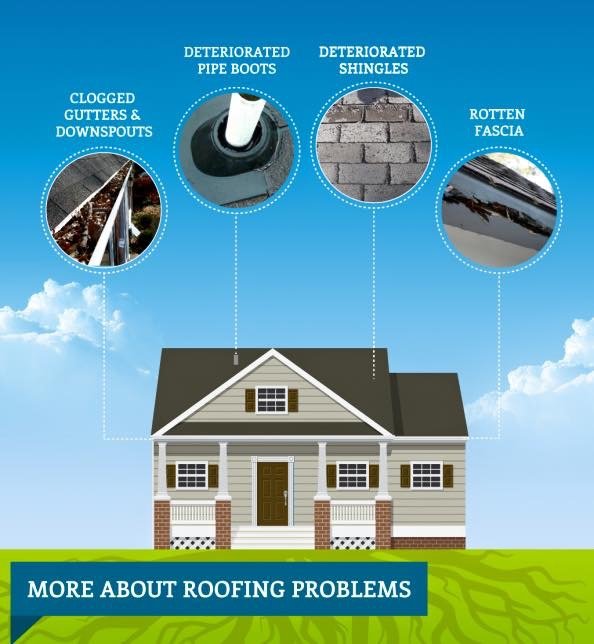The Function Of Roofing System Ventilation In Making Certain An Effective Installment
The Function Of Roofing System Ventilation In Making Certain An Effective Installment
Blog Article
Post Author-Hermansen Curtis
When you're dealing with a roof project, you might not assume much concerning roof covering ventilation, yet it's more crucial than you realize. Efficient ventilation helps regulate temperature and moisture in your attic, avoiding issues like mold and mildew and structural damages. By recognizing how to develop and set up a balanced air flow system, you can improve power effectiveness and prolong the life expectancy of your roofing materials. So, what are the vital variables to think about during installment that can make all the distinction?
Significance of Roof Ventilation
Roof covering air flow plays a crucial function in maintaining the overall health and wellness of your home. By enabling fresh air to circulate through your attic, it aids manage temperature level and moisture degrees. This equilibrium is important to protect against warm build-up throughout warm months, which can bring about increased energy costs as your cooling burns the midnight oil.
Furthermore, appropriate air flow substantially decreases the threat of moisture-related concerns like mold and mold. If moved here increase, your home's architectural stability can be endangered, resulting in costly repairs. You would not intend to manage rotting timber or distorted roof materials, right?
In addition, ample ventilation extends the life-span of your roofing system. When warmth and moisture are kept in check, your roofing system can perform optimally, preventing premature damage. This suggests less headaches and expenses down the line.
How Roofing Air Flow Functions
Effective roofing system ventilation depends on the natural movement of air to create an equilibrium in between intake and exhaust. When you set up vents, you're essentially permitting fresh air to enter your attic while allowing warm, stale air to leave. This process assists regulate temperature and moisture degrees, avoiding issues like mold and mildew growth and roof covering damage.
Intake vents, commonly located at the eaves, reel in cool air from outdoors. On the other hand, exhaust vents, located near the ridge of the roofing, allow hot air surge and leave. The distinction in temperature level produces a natural air flow, called the pile effect. As cozy air rises, it creates a vacuum cleaner that pulls in cooler air from the reduced vents.
To optimize this system, you need to guarantee that the intake and exhaust vents are properly sized and positioned. If http://www.thevillagesdailysun.com/local_news/official-sounds-alarm-over-roofing-activity/article_2673ce32-ec55-11ea-aaa5-5700d1c35f40.html is restricted, you won't achieve the wanted ventilation.
Also, insufficient exhaust can trap warm and wetness, bring about possible damages.
Key Installation Factors To Consider
When setting up roofing air flow, several crucial factors to consider can make or break your system's effectiveness. First, you need to examine your roof's design. The pitch, form, and materials all affect air movement and air flow choice. See to it to select vents that match your roofing system type and local environment problems.
Next off, think about the placement of your vents. Ideally, you'll desire a well balanced system with intake and exhaust vents positioned for optimum airflow. Location intake vents low on the roofing and exhaust vents near the optimal to urge a natural flow of air. This setup assists prevent wetness accumulation and promotes power performance.
Don't forget insulation. Appropriate insulation in your attic prevents warmth from getting away and maintains your home comfy. Make certain that insulation does not block your vents, as this can impede air flow.
Lastly, consider maintenance. Pick air flow systems that are simple to access for cleansing and inspection. Normal upkeep guarantees your system remains to operate successfully in time.
Final thought
Finally, roofing system ventilation is vital for a successful installation. By ensuring proper air movement, you can stop heat buildup and wetness problems that bring about costly damage. When you tactically placement consumption and exhaust vents, you improve energy performance and lengthen the lifespan of your roofing. Bear in mind, a well-ventilated roofing not only safeguards your investment yet likewise enhances your interior air top quality. So, prioritize ventilation to make certain a resistant and affordable roofing system for your home.
